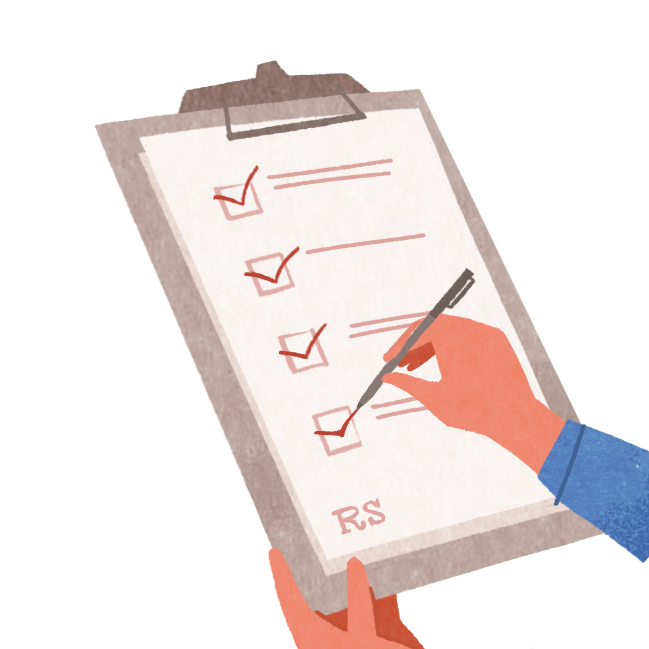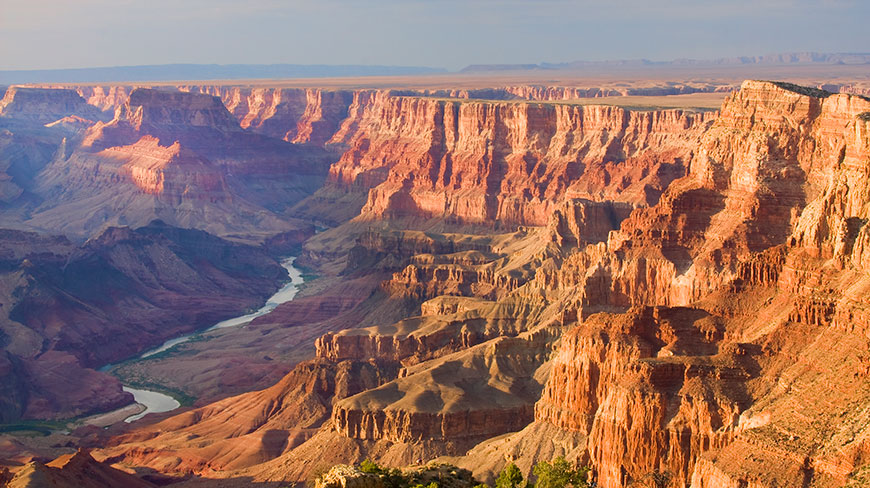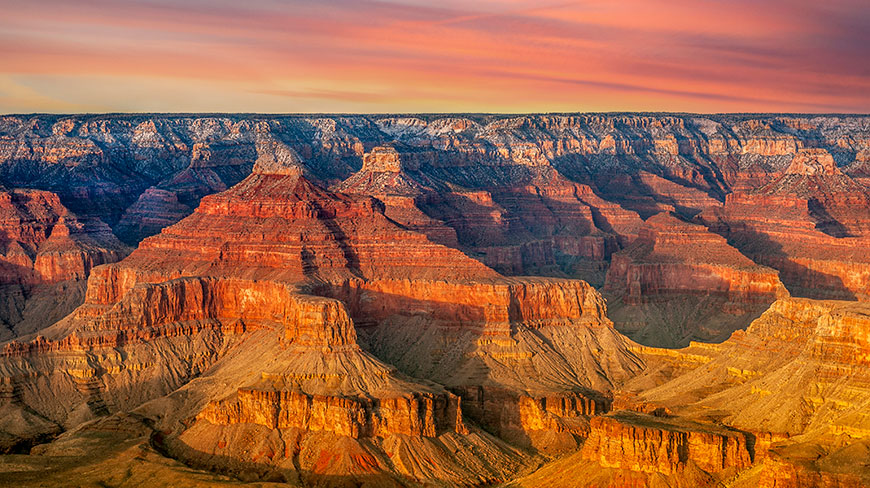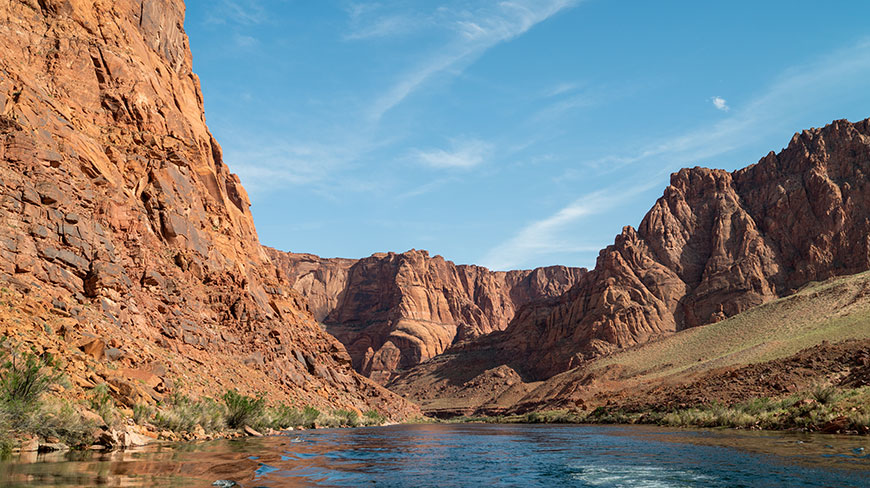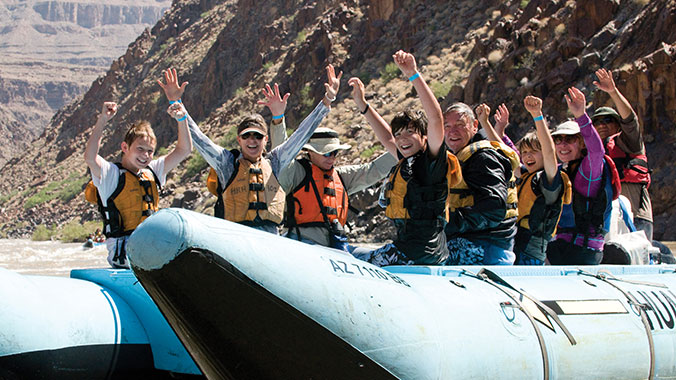Living at the Edge: Explorers, Exploiters, and Settlers of the Grand Canyon Region
by Anderson, Michael F
A comprehensive look at the pioneer history of the Grand Canyon Region, from its earliest residents to the creation of the national park at the end of the pioneer era (circa 1920). Included are close to two hundred historic photographs, many never published before, and 12 custom maps of the region. 184pp
The Exploration of the Colorado River and Its Canyons
by Powell, John Wesley
Full text of Powell's 1,000-mile expedition down the fabled Colorado in 1869. Superb account of terrain, geology, vegetation, Indians, famine, mutiny, treacherous rapids, mighty canyons. 240 illustrations. 432pp
The Emerald Mile
by Fedarko, Kevin
Amazon review: From one of Outside magazine’s “Literary All-Stars” comes the thrilling true tale of the fastest boat ride ever, down the entire length of the Colorado River and through the Grand Canyon, during the legendary flood of 1983.<br><br>In the spring of 1983, massive flooding along the length of the Colorado River confronted a team of engineers at the Glen Canyon Dam with an unprecedented emergency that may have resulted in the most catastrophic dam failure in history. In the midst of this crisis, the decision to launch a small wooden dory named “The Emerald Mile” at the head of the Grand Canyon, just fifteen miles downstream from the Glen Canyon Dam, seemed not just odd, but downright suicidal.<br><br>The Emerald Mile, at one time slated to be destroyed, was rescued and brought back to life by Kenton Grua, the man at the oars, who intended to use this flood as a kind of hydraulic sling-shot. The goal was to nail the all-time record for the fastest boat ever propelled—by oar, by motor, or by the grace of God himself—down the entire length of the Colorado River from Lee’s Ferry to Lake Mead. Did he survive? Just barely. Now, this remarkable, epic feat unfolds here, in The Emerald Mile.
An Introduction to Grand Canyon Prehistory
by Coder, Christopher M.
People have inhabited Grand Canyon for the past twelve thousand years. Evidence of their lives exists throughout the canyon; but it is up to their ancestors and archaeologists to interpret those remains for us. This book provides a popular look at the architecture, art, and tools of prehistoric Puebloan peoples, as well as information about modern-day Native American tribes. With illustrations and color photographs.
Carving Grand Canyon: Evidence, Theories, and Mystery
by Ranney, Wayne
Ranney explains how rivers in general can physically carve canyons, looks chronologically at the numerous theories that have been presented by successive generations of geologists regarding the Grand Canyon's formation, and describes a plausible sequence of geologic events that could create such a landscape. Numerous color photographs, detailed illustrations, and maps are provided. Annotation ©2005 Book News, Inc., Portland, OR 160pp; 2nd edition 2012.
Beyond the Hundredth Meridian: John Wesley Powell and the Second Opening of the West
by Stegner, Wallace
Here Wallace Stegner, a Pulitzer Prize-winner, gives us a thrilling account of Powell's struggle against western geography and Washington politics. We witness the successes and frustrations of Powell's distinguished career, and appreciate his unparalleled understanding of the West. "Stegner's most exciting work." (San Francisco Chronicle) 496pp
Half Broke Horses
by Walls, Jeannette
Jeannette Walls, author of The Glass Castle, wrote this true life novel which unfolds across Northern Arizona from the 1920s to the 1960s. Its heroine, Lily Casey Smith, (Ms. Wall's grandmother) battled the elements, prejudices, economic conditions and politics of remote frontier Arizona. Many of the locations described - Peach Springs, Seligman, Flagstaff, the Navajo Reservation, the Arizona Strip - are sites visited by NAU Road Scholar programs. Readers of this selection will feel the sense of heritage from this tale of life in our distant corner of America. Note: may not be appropriate for young readers.
Writing Down the River: Into the Heart of the Grand Canyon
by Collection of Authors
Copious, dramatic color photographs and poetic quotations illustrate these essays describing the whitewater rafting experiences of 15 prominent female writers sent down the Colorado River during the summer of 1997.
I Am the Grand Canyon: The Story of the Havasupai People
by Hirst, Stephen
I Am the Grand Canyon is the story of the Havasupai people. From their origins among the first group of Indians to arrive in North America some 20,000 years ago to their epic struggle to regain traditional lands taken from them in the nineteenth century, the Havasupai have a long and colorful history. The story of this tiny tribe once confined to a toosmall reservation depicts a people with deep cultural ties to the land, both on their former reservation below the rim of the Grand Canyon and on the surrounding plateaus.
In the spring of 1971, the federal government proposed incorporating still more Havasupai land into Grand Canyon National Park. At hearings that spring, Havasupai Tribal Chairman Lee Marshall rose to speak. "I heard all you people talking about the Grand Canyon," he said. "Well, you're looking at it. I am the Grand Canyon!" Marshall made it clear that Havasu Canyon and the surrounding plateau were critical to the survival of his people; his speech laid the foundation for the return of thousands of acres of Havasupai land in 1975.
I Am the Grand Canyon is the story of a heroic people who refused to back down when facing overwhelming odds. They won, and today the Havasupai way of life quietly continues in the Grand Canyon and on the surrounding plateaus.
Sunk Without a Sound
by Brad Dimock
Grand Canyon, this adventure / mystery / biography details the true story of Glen and Bessie Hyde, who vanished on their 1928 honeymoon river trip through Grand Canyon. When they did not appear at journey's end, Glen's father launched an exhaustive search of Grand Canyon. Although the boat was soon found upright and fully loaded, no trace of the honeymooners was ever found. They had vanished from the face of the earth. Or had they? In the years since, four people appearing to be either Glen or Bessie have emerged, each with a tale implying murder and mayhem. Author and boatman Brad Dimock has unearthed the true story of the Hydes, followed each tale to its source, and gone so far as to retrace the Hydes' fateful voyage in a replica of their archaic scow.
